Did Your Landlord Raise The Rent? Here's What You Can Do About It.
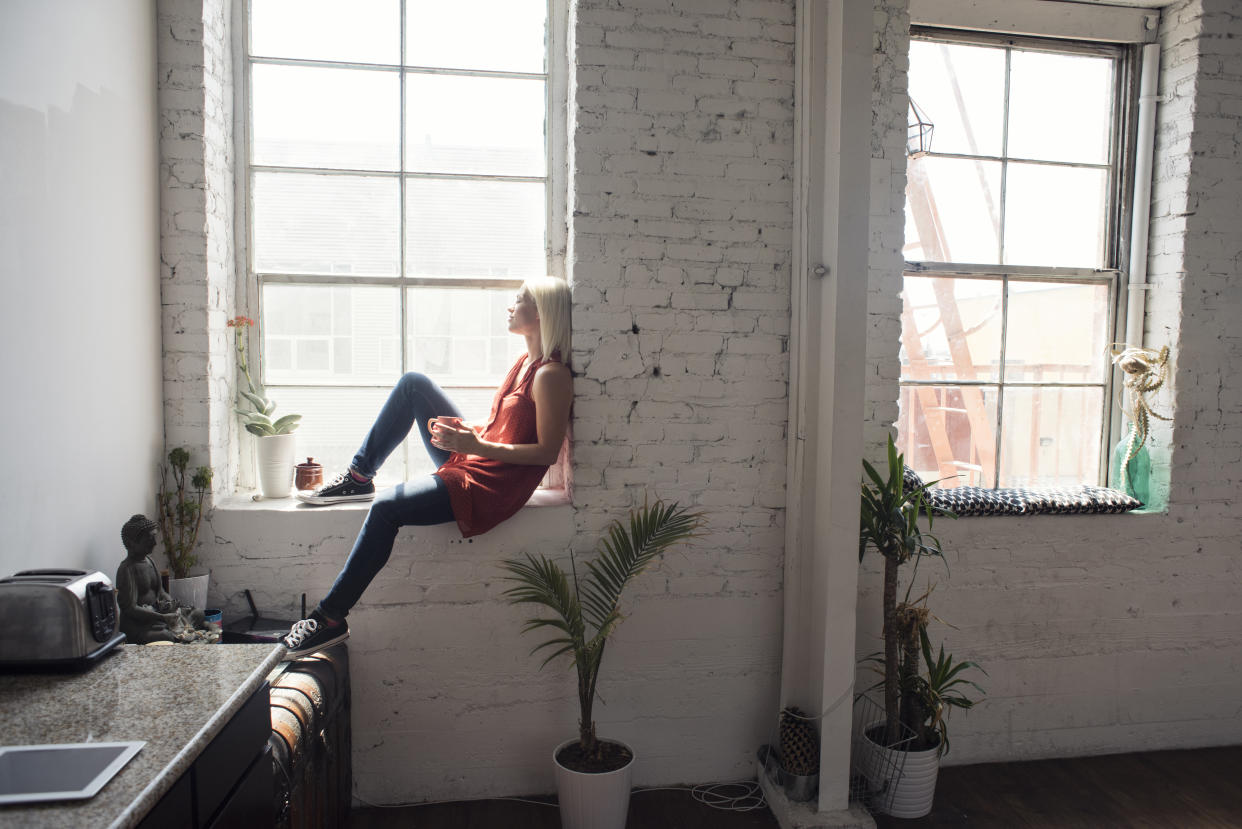
There are a lot of perks to being a renter. You aren’t tied down to any one neighborhood. You don’t have to worry about replacing the water heater or roof. And property taxes? Not even on your radar.
But there is one part of renting that no tenant appreciates: when the landlord decides to raise the rent. Here’s what to do when it happens to you.
Check your rental agreement.
The first thing you should do is dig up your lease and review the terms, which should outline the circumstances in which the landlord can raise the rent.
The lease will also often provide a schedule for how rents will be raised once the initial lease term is up. For example, it might says that the initial 12-month lease will be $1,500 per month, after which the landlord can raise the rent by $100 per year.
Leases won’t always include these details, however, and might only provide general terms. In this case, you’ll have to investigate what is and isn’t legal when it comes to raising the rent in your state and city.
Look up the local laws.
Landlord-tenant laws vary by state, so it’s important to find out what the rules are where you live. In California, for example, the rent can’t be raised during the initial lease term, according to Chris Jackson, a certified financial planner and founder of Lionshare Partners in Los Angeles.
However, almost all residential leases convert to a month-to-month tenancy after the expiration of the initial lease term. If you’re on a month-to-month lease, the landlord can raise the rent when they want, by as much as they want, as long as proper written notice is given. In California, that’s at least 30 days. Jackson noted that if the landlord is increasing the rent more than 10 percent within a 12-month period, they have to give the tenant at least 60 days prior written notice.
The exception is if you live in a rent-controlled building. “Some major cities, including New York City and San Francisco, still have rent-stabilized units,” said Shane Lee, an analyst at RentHop. “Landlords can only raise the rent in accordance with the rent guidelines.” Usually, the permitted increase is around 1 to 4 percent, according to Lee.
To find out if your apartment is rent-stabilized, you can contact the appropriate local government agency. In New York City, for example, renters can check out rent-stabilized building lists compiled by the Rent Guidelines Board.
If you believe your landlord is in violation of the local laws, you should contact a real estate lawyer, your local housing authority or a tenant rights organization for help.
Negotiate a smaller increase.
It’s a lot of work, not to mention expensive, for owners to find new tenants. Owners lose out on rental income while searching for a new tenant, and it costs them money to clean and advertise the property. Plus, it requires a ton of paperwork. So most landlords will probably work with you to negotiate a rent that fits your budget rather than risk losing you as a tenant.
“If you have a close relationship with the landlord, it is possible to negotiate for a smaller increase,” Lee said. Alternatively, you might be able to negotiate a longer lease in exchange for some sort of concession, like a free month’s rent or utility reimbursements.
“Put yourself in their shoes when negotiating with them and remind them that it is harder finding a new tenant than keeping the old one,” Lee advised.
It also helps to remind owners of what a good tenant you’ve been by always paying the rent on time and being respectful of the property (as long as that’s true, of course).
Move if necessary.
If you’re a strong negotiator and have a good relationship with your landlord, you might be able to negotiate a more palatable rent increase. Unfortunately, though, as long as they’re following the law, your landlord is under no obligation to work with you.
If the increase in rent is more than you can reasonably afford, it’s probably time to look for a new place to live. But in some cases, you might just be able to move across the hall.
One Lifehacker reader who’s also a landlord shared that it’s helpful if a tenant moves to one of the owner’s less-desirable rental units for a lower price. “Then your landlord can get more for your better unit and you’d be doing them a favor by switching to one of the less-convenient units,” the reader told Lifehacker.
Meanwhile, you enjoy practically the same layout at a lower cost, with a modest trade-off like an extra flight of stairs to walk up.
Related Coverage
Check This Map Before Deciding Whether To Rent Or Buy A House
Bleak New Figures Show Just How Unaffordable Rent Is In Every U.S. State
Why The American Dream No Longer Includes Home Ownership For Many Millennials
Also on HuffPost
1. ARTWORK that was not purchased from the college bookstore.
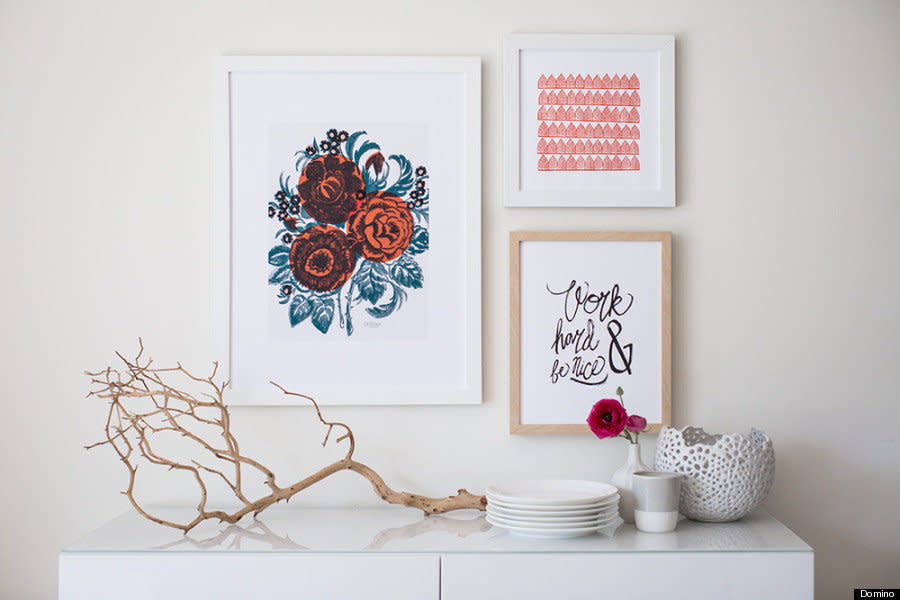
2. A PLACE FOR YOUR MAIL that doesn't take up valuable kitchen counter space.
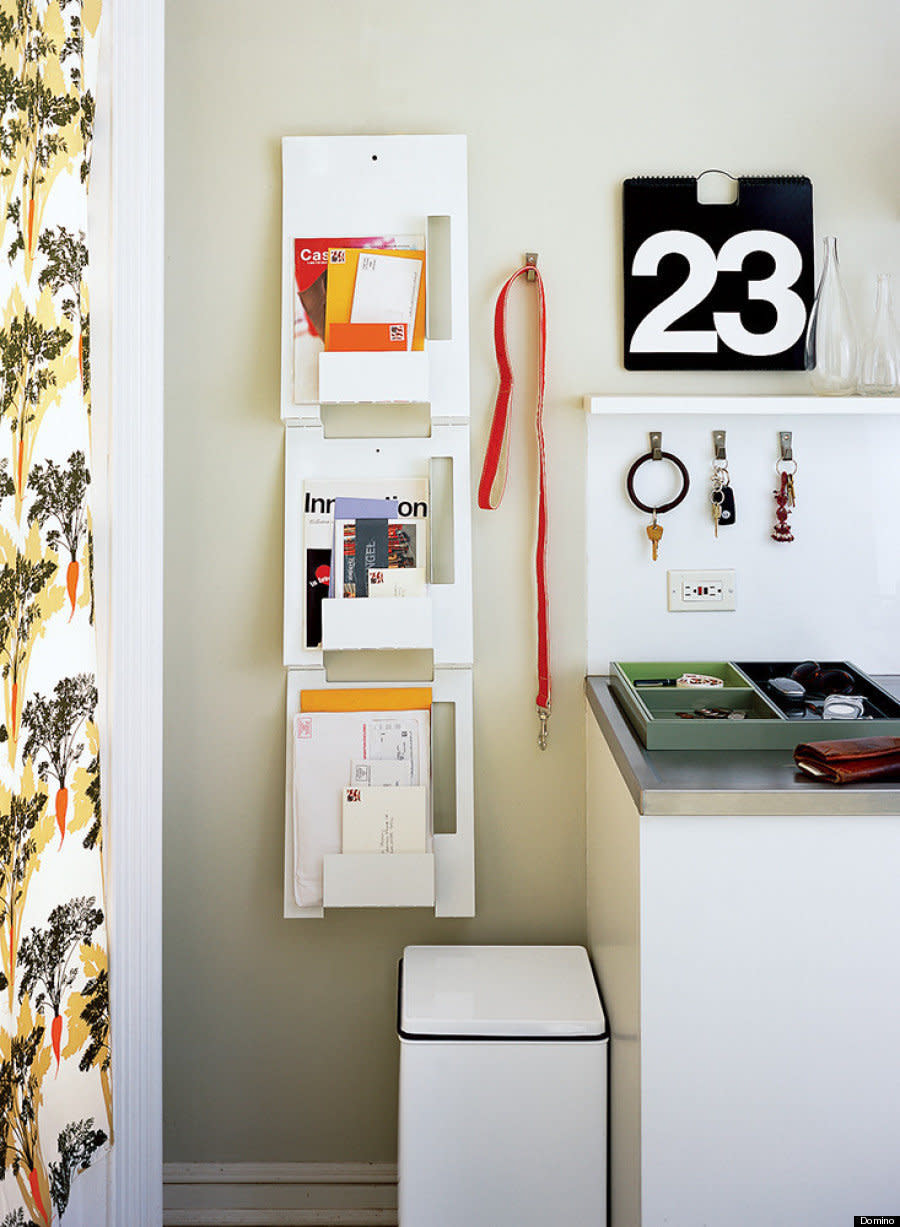
3. A RUG that isn't actually the mat you took from the bathroom you shared with several roommates.
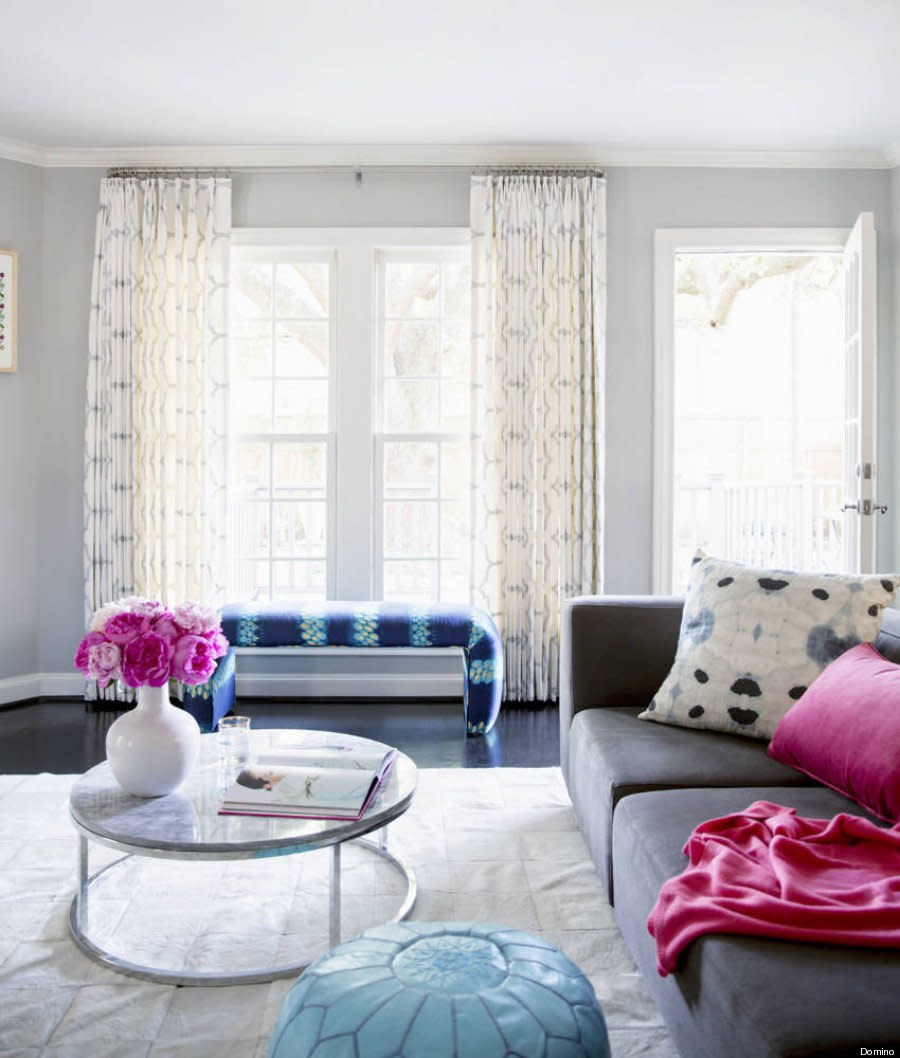
4. LIGHTING that isn't the hideous fixture your landlord hasn't updated since buying the apartment building.

5. BEDDING that didn't come in an all-in-one bag.
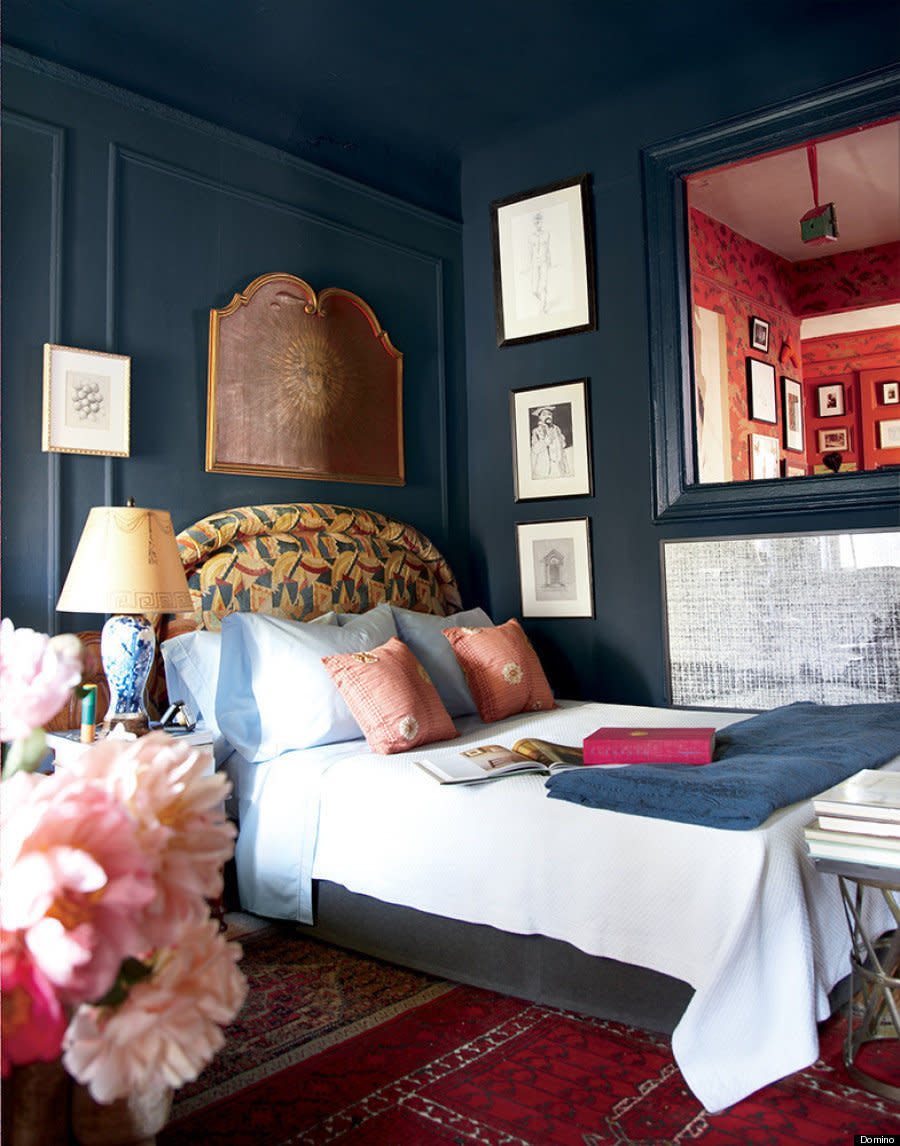
6. A PLACE TO SIT that's not a futon or the floor.

7. BOOKSHELVES that aren't filled with textbooks and notebooks.

8. A COFFEE TABLE that doesn't primarily function as a clutter station.
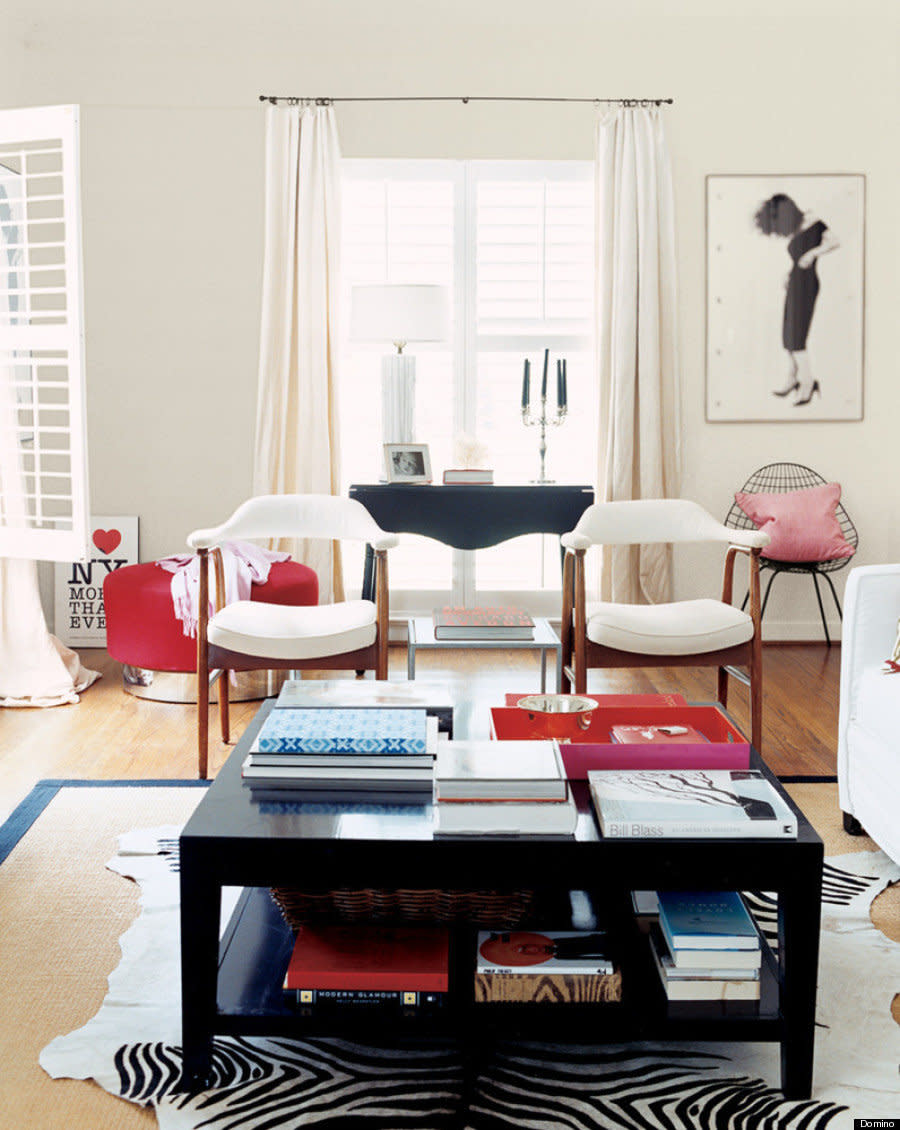
9. PLACE SETTINGS that aren't a hodgepodge of alma mater glasses and silverware stolen from the fraternity house.
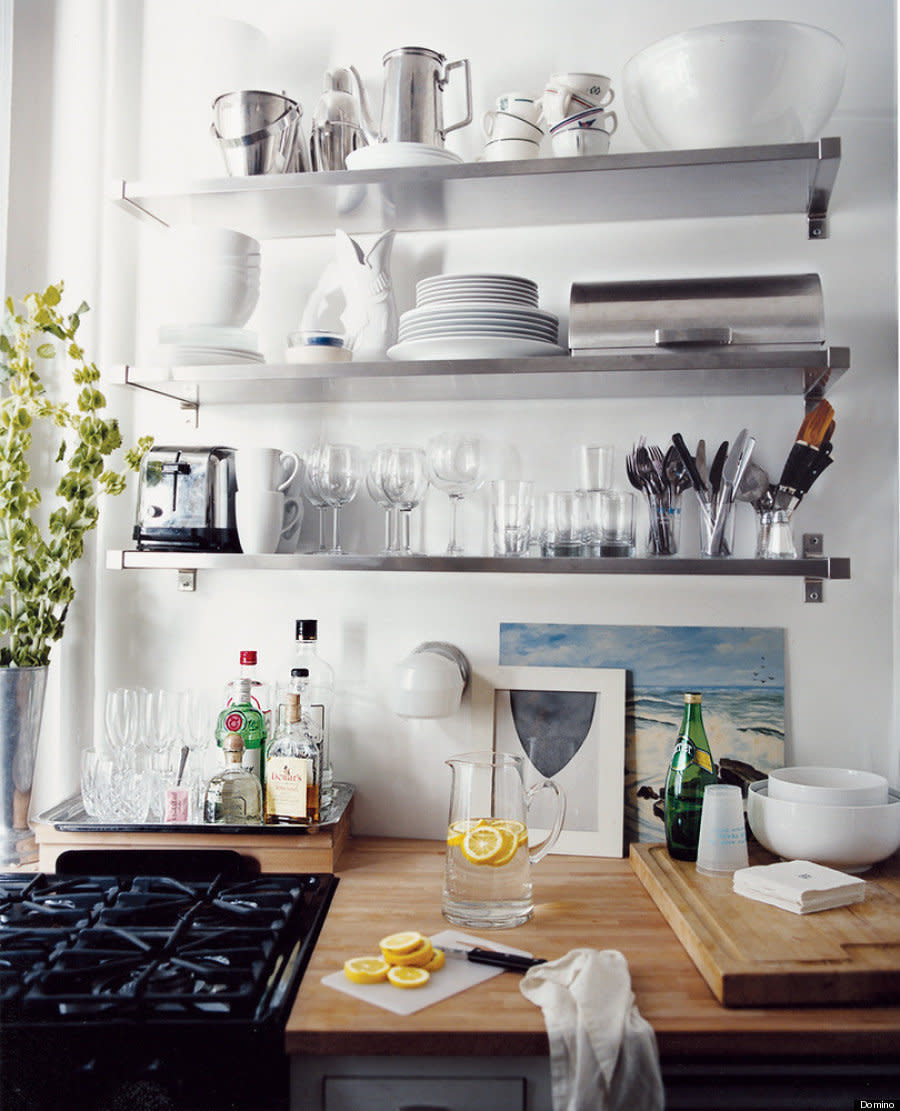
10. WINDOW TREATMENTS that aren't blinds that came with the apartment.

11. TOWELS that aren't terribly mismatched and faded.

2. A PERSONAL TOUCH chosen by you, not your mom.

Love HuffPost? Become a founding member of HuffPost Plus today.
This article originally appeared on HuffPost.


